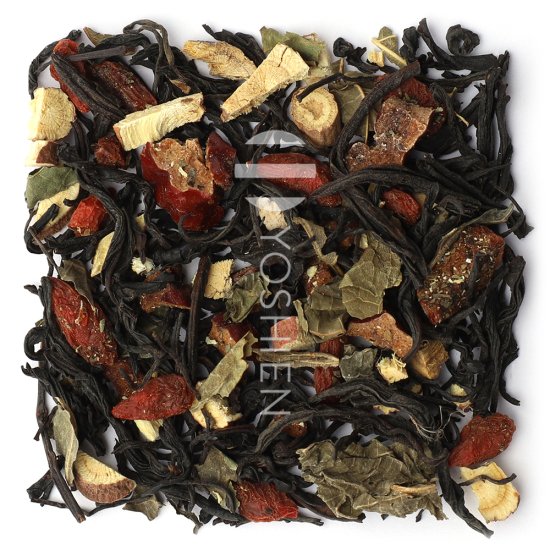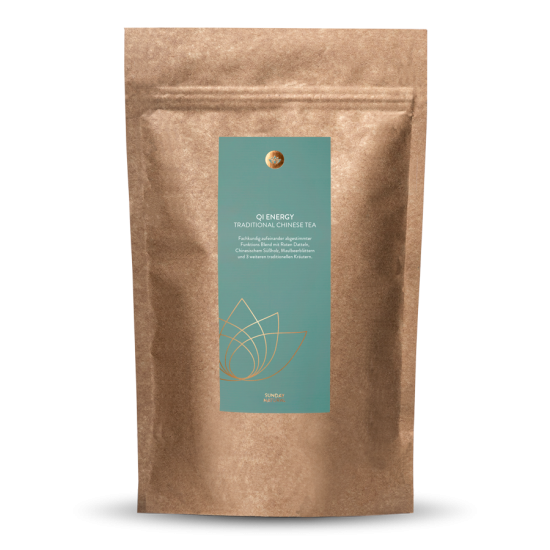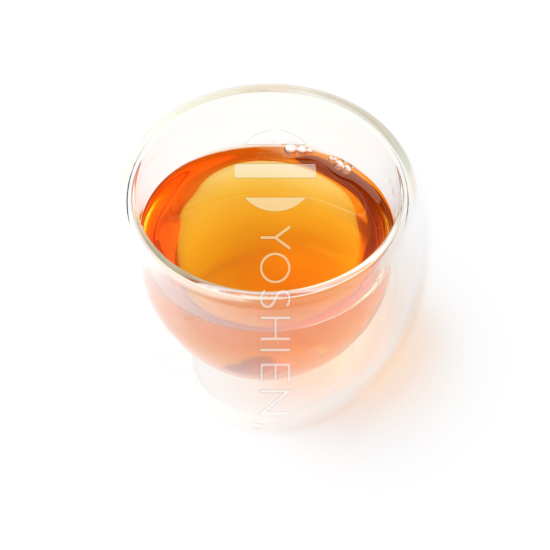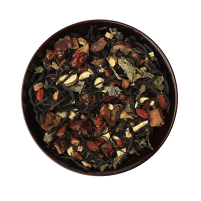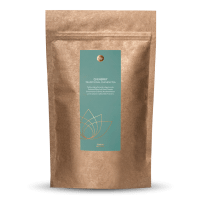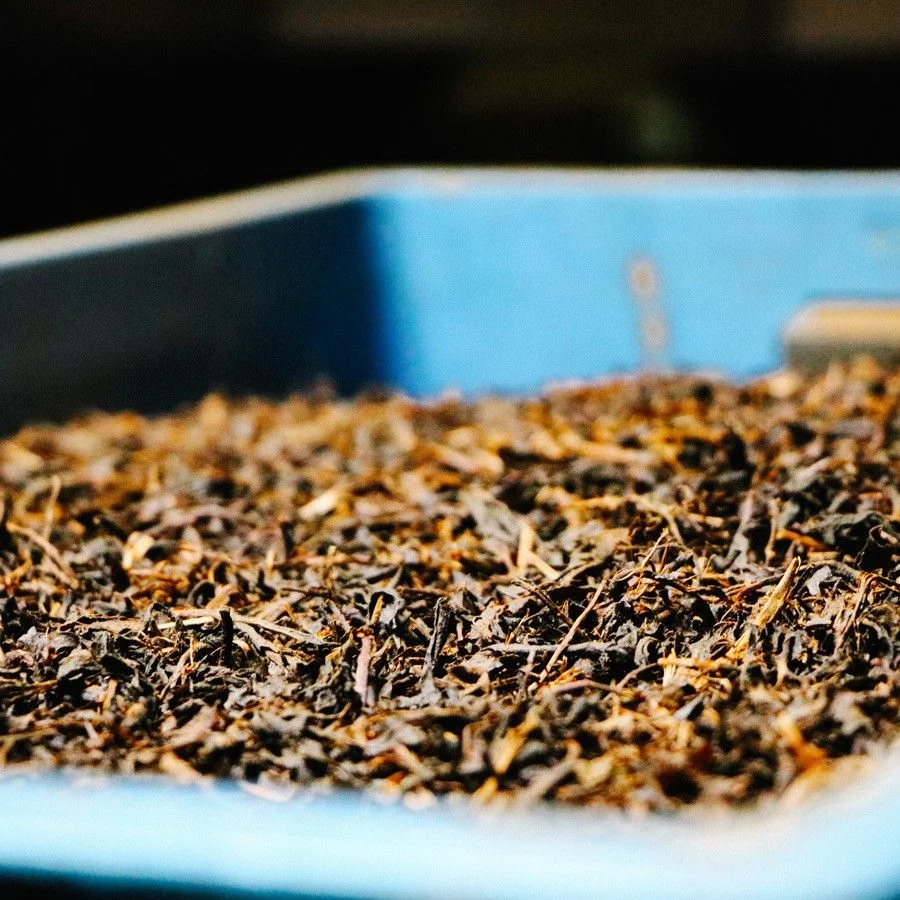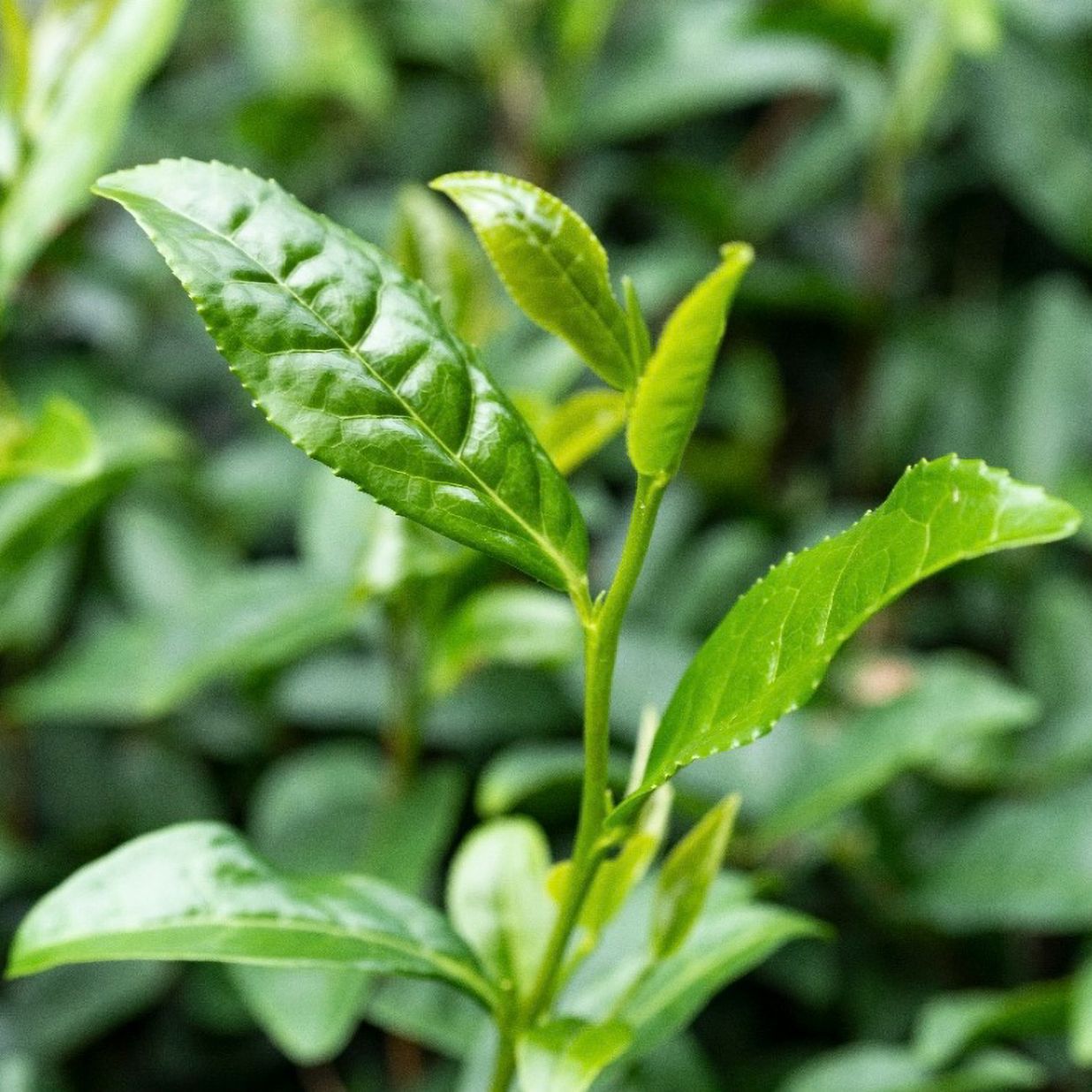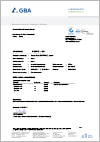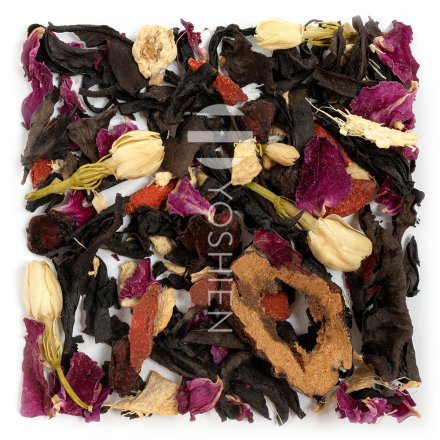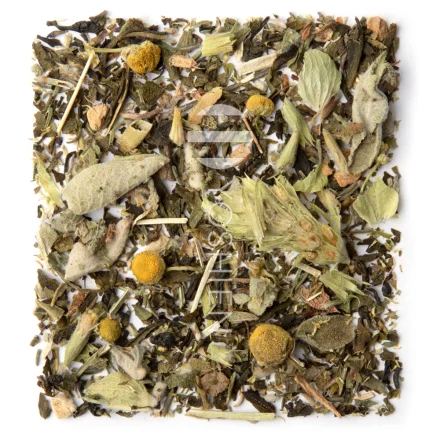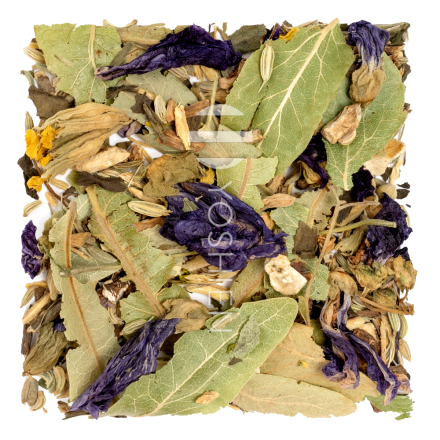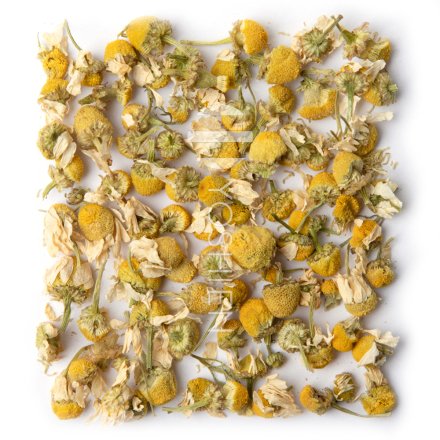Red Date
Ziziphus jujuba (紅棗) known as red date or jujube in English, is native to the mountains, growing at altitudes of up to 1700m. From China the red date spread quickly through human hands to Korea and Japan, before beginning its journey to Asia Minor and Southeast Europe on the old trade routes. Today it can also be found growing in Sudan, Brazil and the southern USA. This fruit was mentioned in the Shennong writings as far back as 300 BC, and has been included in European herbal books since the 16th century.
Liquorice
The liquorice root (Glycyrrhiza glabra) has been with humanity for a long time. In ancient Egypt, liquorice had already been consumed as a tea drink, and in ancient Rome there were the first liquorice sticks. Liquorice was also popular in the Middle Ages; Napoleon Bonnaparte is said to have always carried liquorice with him. Native to Western Asia and the Mediterranean, this perennial plant can grow up to 150 cm high. Only the fresh roots are harvested in autumn.
Mulberry Leaf
The leaves of the mulberry tree (Morus Folium L.) have been an important crop plant since ancient times, and not just in Asia. Originally they were native to the temperate and subtropical regions of the north outside of Europe. The tree was already widespread in Europe in antiquity and was used in a variety of ways.
Ginseng
Red or Panax ginseng (人蔘) originates from Northeast China and Korea, where the plant's roots have been used for centuries. The mature roots contain a particularly large number of saponins, specifically ginsenosides, and in traditional Chinese medicine are considered a tonic, which is why they are often referred to as a "power root". Due to the global popularity of genuine Panax ginseng, it is almost extinct in the wild and primarily exists as a cultivated plant. After harvesting, the roots of Panax are treated with steam to preserve the valuable ingredients. In the process, the root turns red and becomes more resistant, and other active substances are produced, such as maltol.
Goji Berries
Lycium barbarum (枸杞) or the common boxthorn, bears the fruit of the goji berry. Its homeland is believed to be somewhere between Southeast Europe and China. Cultivation began in China more than 3000 years ago, and the berry can be found in the "Classic Book of Chinese Herbs" from this time. The goji berry itself is a true all-rounder and has quickly joined the ranks of superfoods.



